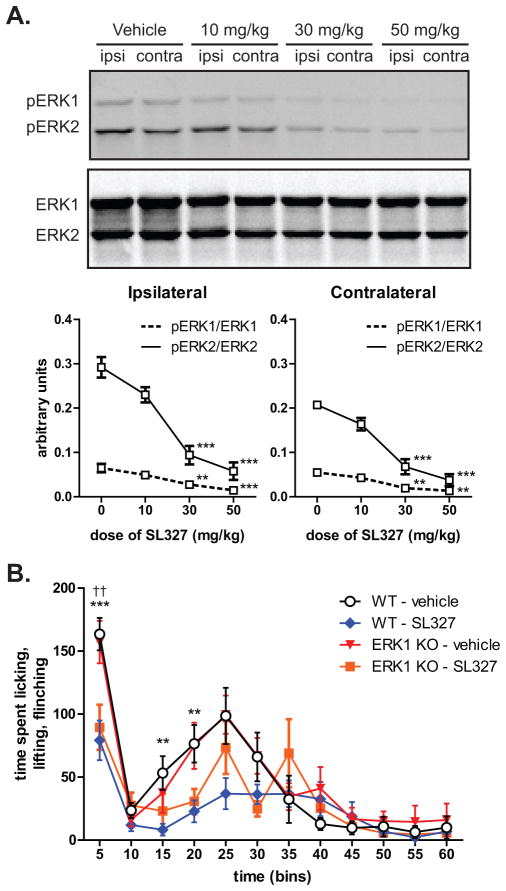Figure 9. Systemic MEK inhibition attenuates formalin-induced spontaneous behaviors similarly in WT and ERK1 KO littermates.
A. Several doses of the blood-brain barrier permeant MEK inhibitor, SL327, or vehicle (DMSO) were administered intraperitoneally 30 minutes before hindpaw intraplantar formalin injection (3.5% in saline). Subjects (n=3 per dose) were sacrificed 3 minutes after formalin injection, and homogenates of spinal cord tissue ipsilateral and contralateral to the paw injection were analyzed for ERK phosphorylation. SL327 significantly reduced pERK1/ERK1 and pERK2/ERK2 at 30 mg/kg and 50 mg/kg (1-way ANOVA with Dunnett post-test comparing to vehicle (0) within ERK isoform; ** p<0.01, *** p<0.001). B. ERK1 KO and WT mice were injected with either vehicle (1 ml/kg DMSO) or 50 mg/kg SL327 intraperitoneally (WT - vehicle n=9, WT - SL327 n=11, KO - vehicle n=8, KO -SL327 n=8). After 30 minutes, formalin (3.5% in saline) was injected subcutaneously into the plantar surface of the hindpaw, and spontaneous nociceptive behaviors were measured. SL327 significantly attenuated formalin-induced nociceptive behaviors in both WT and ERK1 KO littermates (2-way RM ANOVA with Bonferroni post-test; stars comparing WT - vehicle and WT -SL327, ** p<0.01, *** p<0.001; crosses comparing KO - vehicle and KO - SL327, †† p<0.01). No significant difference was detected between WT and ERK1 KO mice injected with SL327.

